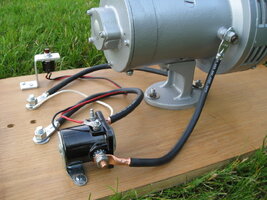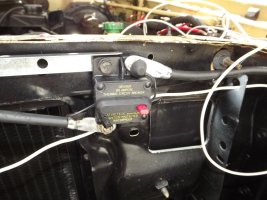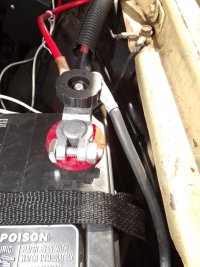I'm going to put a Model 28 siren on one of our trucks. I'd like a foot switch on both the driver side and passenger side, although driver side only would work as well. Can someone please tell me how it would be best to wire it up? I know big gauge wires to the siren from the battery, it should ground itself out on the frame, but I've seen a relay being used.
And, a source for a foot switch too, please.
Thanks!
Andrew
And, a source for a foot switch too, please.
Thanks!
Andrew












